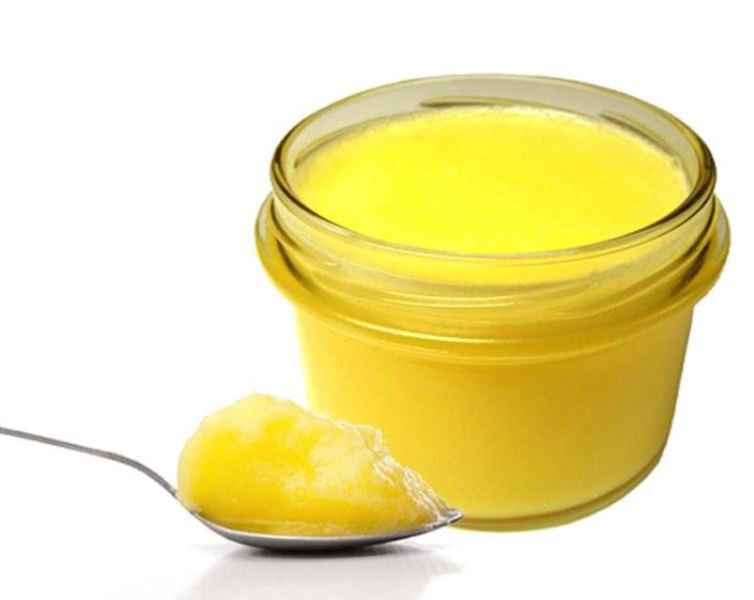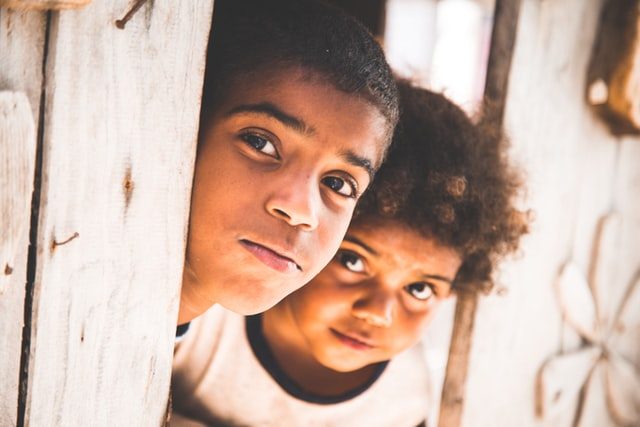Milk Produts
Ghee
Ghee is a form of highly-clarified butter that is traditionally used in Asian cooking.
Like butter, ghee is typically made from cow's milk. Ghee is made by melting regular butter.
The butter separates into liquid fats and milk solids.
Once separated, the milk solids are removed,
which means that ghee has less lactose than butter. Traditionally, ghee has been used as cooking oil,
an ingredient in dishes, and in Ayurveda therapies.
Ghee is still used in Ayurvedic massage and as a base for herbal ointments to treat burns and rashes.
Khoa
A concentration of milk to one-fifth volume is normal in the production of khoa.
Khoa is used as the base for a wide variety of Indian sweets.
About 600,000 metric tons are produced annually in India.
Khoa is made from both cow and water buffalo milk. Khoa is made by simmering full-fat milk in a large,
shallow iron pan for several hours over a medium fire.
The gradual evaporation of its water content leaves only the mil
k solids.
The ideal temperature to avoid scorching is about 80°C (180°F).
Another quick way of making khoa is to add full fat milk powder to skimmed milk and mixing and heating until it becomes thick.


